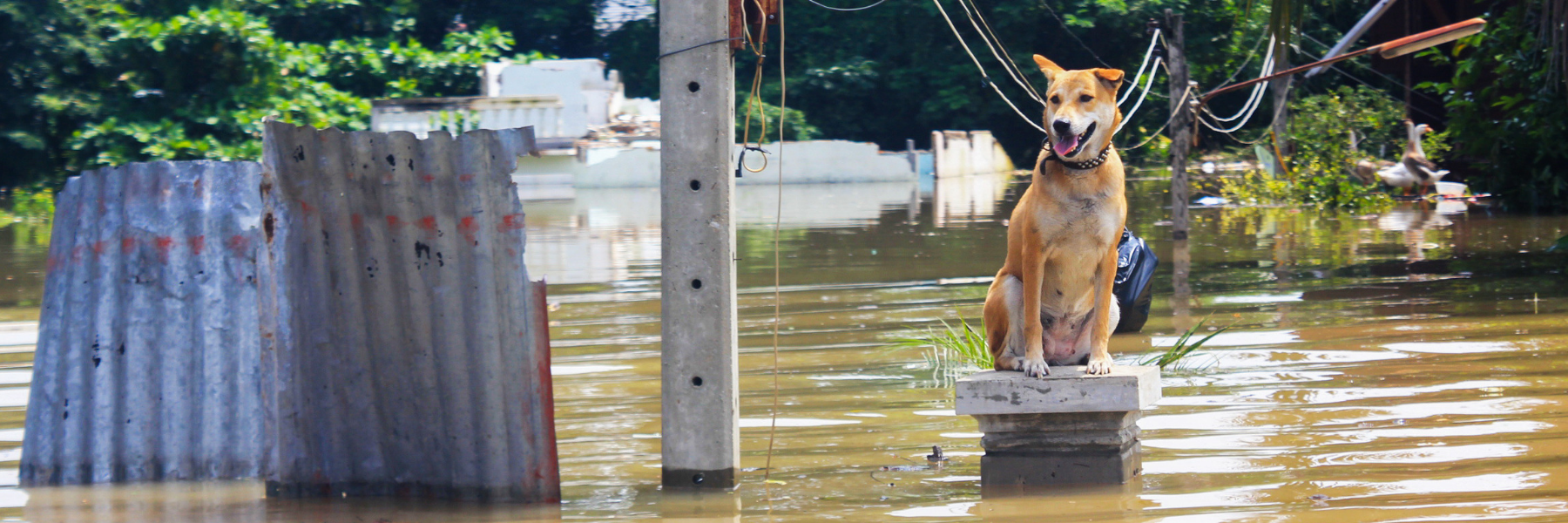Planning for Your Pets during Evacuations


An evacuation plan is a necessity for every home, especially if you live in an area where fires, earthquakes, hurricanes, flooding, and other disasters are a possibility. Many homeowners create evacuation plans for their homes and practice them with their kids, but far fewer have considered one for their pets. Take these steps to add your pets to your evacuation plan.
Assign pet evacuation to an adult. Everyone should know how to act during an evacuation, and that includes assigning one parent or adult to the pets. This allows the other parent and the children to focus on their part of the evacuation plan, so there’s no confusion during a high-stress moment when time is of the essence.
Keep evacuation maps and pet carriers readily accessible. If you need to evacuate, you should know exactly where every important item is. If you pets require carriers, keep them in a place that you can access easily.
Practice your plan. Include your pets in your home evacuation drills. It’ll help you see how they will respond and make changes to your plan if necessary. Getting your dog out of a window may not be as simple as you think!

Be prepared in case you get separated from your pets. No matter how much you drill your evacuation plan, it’s possible that a dog or cat will run off while you’re focusing on keeping your family safe. A microchip or a GPS-compatible tag can help you find your pets once it’s safe to return to the area.
Prepare a Pet Emergency Kit including:
- Crate or pet carrier – is needed in the event that you will need to evacuate. The carrier should be large enough to permit your pet to stand up and to turn around in it. Attach a label on the crate with your pet’s name, your name and contact information
- Food & water – at least a seven day supply
- Food & water bowls
- Medicine and veterinarian records – including history of shots, rabies vaccines
- Collar with tags & leash – although your pet should be micro chipped, it is helpful to have a collar with tags for quick identification in the event that the dog gets separated from you.
- Photo – of your pet, especially of unique markings or characteristics
- Familiar items – toys, blanket
- Plastic bags to clean up after your dogs, litter box & litter for cats
With the exception of service animals, pets are not permitted in emergency shelters. Be sure to keep a list of pet-friendly hotels. Bring Fido can help you identify hotels/motels which can accommodate your pet.
Make a plan for when you’re not at home. Plan in advance what you would do if a disaster occurred while you are away from home and are unable to return for your pet. Identify a neighbor or other trusted person who would be able to retrieve your pets and their emergency kit for their care.
 Facebook
Facebook
 X
X
 Pinterest
Pinterest
 Copy Link
Copy Link